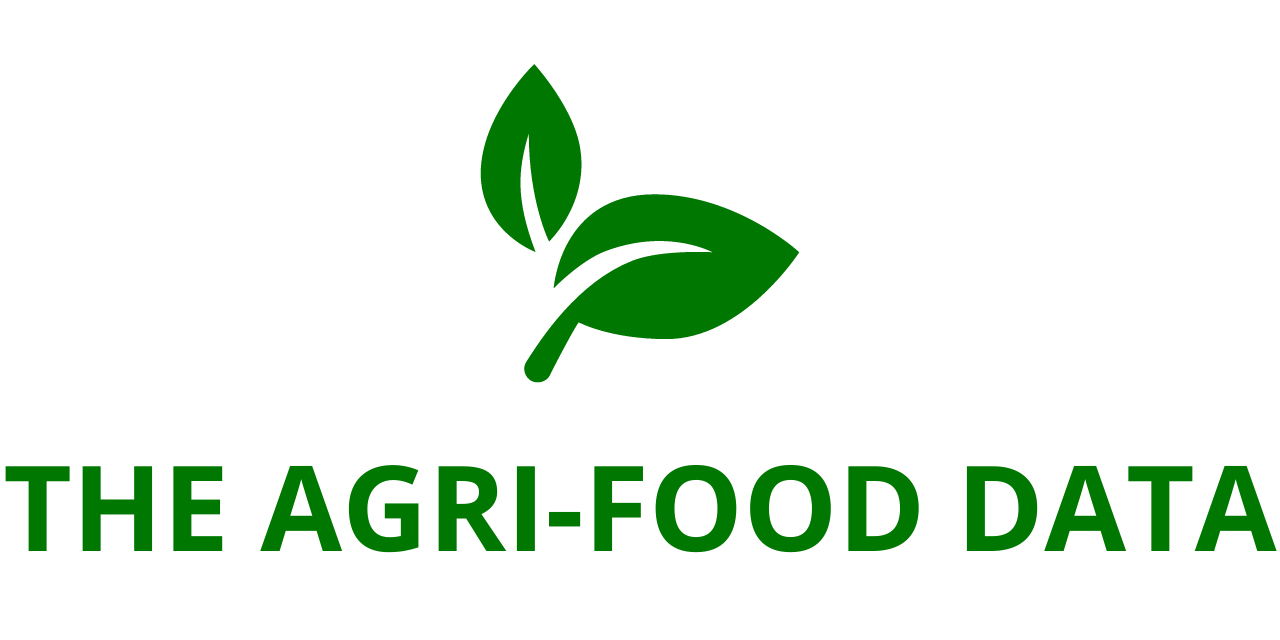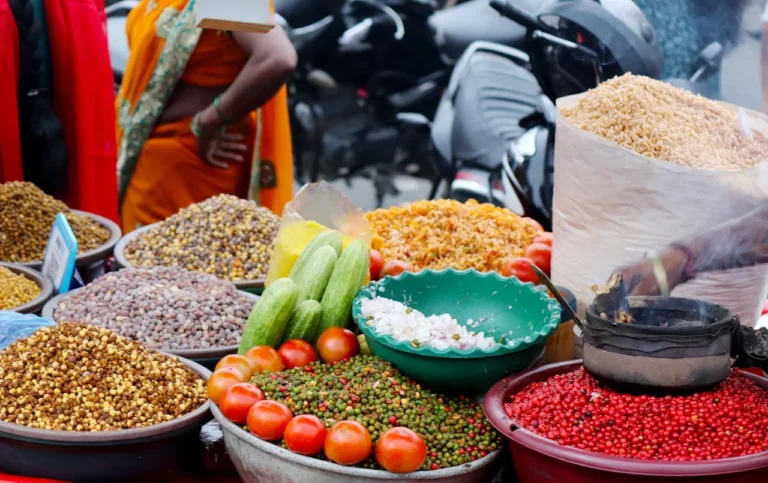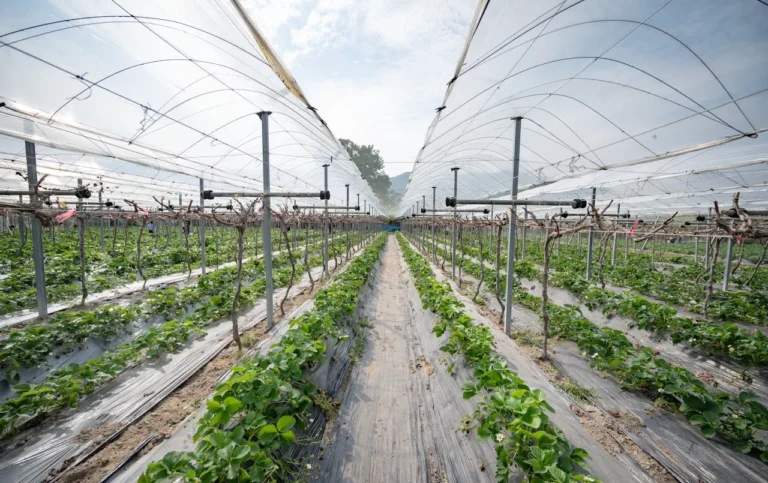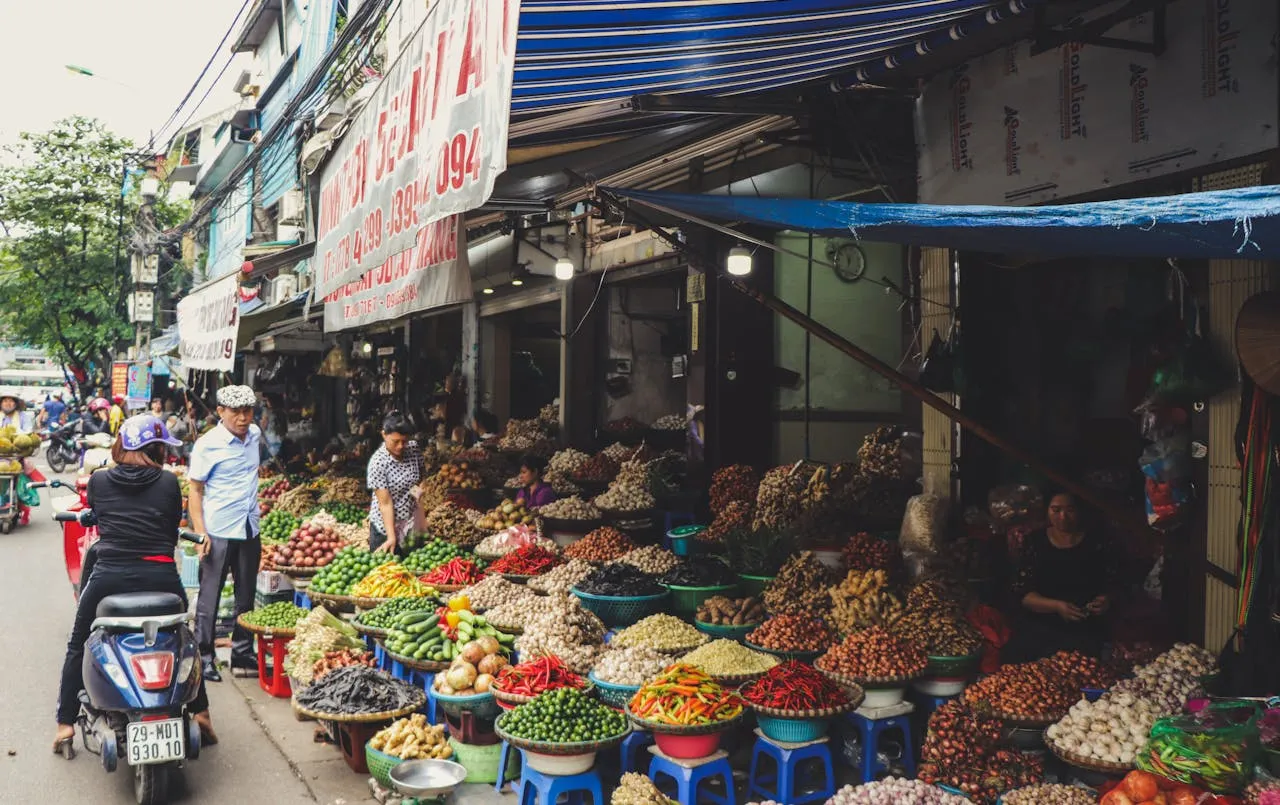
The recently published report, “Saudi Arabia Frozen Vegetables Market Size – Growth Trends and Forecast Report 2025–2033”, available through ResearchAndMarkets.com, projects robust growth for the Kingdom’s frozen vegetable sector over the next decade. According to the study, the Saudi Arabian frozen vegetables market is forecasted to rise from US$ 416.9 million in 2024 to US$ 659.62 million by 2033, representing a steady CAGR of 5.23% between 2025 and 2033.
This growth trajectory is supported by a combination of macroeconomic and social factors, including rapid urbanization, increased female workforce participation, expanding retail infrastructure, changing dietary preferences, and ongoing improvements in food technology and distribution systems.
Market Overview and Key Trends
Frozen vegetables have increasingly become a household staple across Saudi Arabia as consumers balance their demand for convenience with their growing focus on health and nutrition. Unlike traditional assumptions that frozen foods compromise quality, modern freezing methods such as Individually Quick Freezing (IQF) help lock in nutrients, flavor, and freshness. This has played a significant role in shifting perceptions, especially among younger and urban consumers who value time savings without sacrificing health benefits.
The expansion of modern retail channels has also accelerated market penetration. Supermarkets, hypermarkets, and online grocery platforms have made frozen vegetables more accessible to both urban and semi-urban households. Furthermore, cultural changes in Saudi cuisine, coupled with the popularity of global food trends, have increased the acceptance of frozen products as part of everyday meals.
Growth Drivers in the Saudi Arabian Frozen Vegetables Market
1. Changing Lifestyles and Workforce Participation
One of the most critical factors fueling demand is the transformation of Saudi lifestyles. With more households experiencing dual incomes and women increasingly joining the workforce, time-saving food solutions are in higher demand than ever.
Saudi Arabia’s Q4 2024 labor market data indicates an overall employment rate of 66.4%, with 36% of Saudi women now employed compared to 27.9% of non-Saudi women. Meanwhile, employment among Saudi and non-Saudi men stood at 66.2% and 93.2%, respectively.
As more people balance professional and personal responsibilities, ready-to-use, nutritious food products such as frozen vegetables have become indispensable. They offer significant time efficiency in meal preparation while meeting the nutritional requirements of busy households. This societal shift toward convenience-driven consumption is expected to remain one of the strongest growth pillars of the frozen vegetable sector.
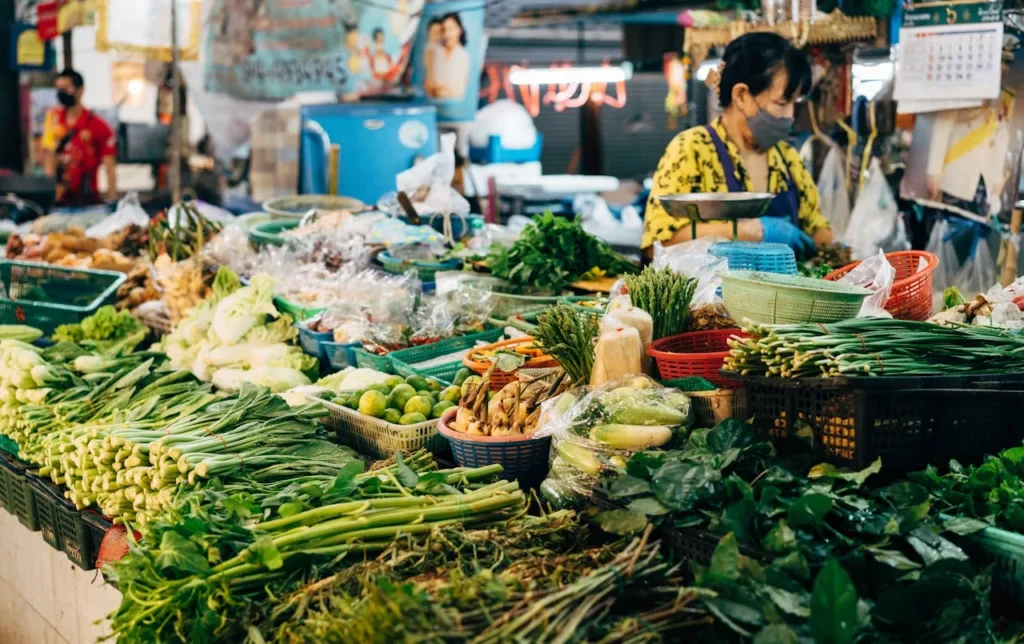
2. Expansion of the Foodservice Industry
Saudi Arabia’s booming foodservice and hospitality industry is another major driver. Tourism growth has created significant demand for reliable, high-quality food ingredients, and frozen vegetables are proving essential in meeting this need.
In 2023, Saudi Arabia surpassed 100 million visitors, achieving its Vision 2030 tourism milestone seven years ahead of schedule. Of these, 81.9 million were domestic tourists while 27.4 million were international visitors, contributing to tourism expenditures of SAR 255.6 billion (USD 69 billion)—around 4.4% of GDP.
Restaurants, hotels, and catering services are increasingly reliant on frozen vegetables, which offer consistency, long shelf life, and reduced food waste—key considerations for managing large-scale food operations. As the Kingdom continues to strengthen its global tourism profile, the demand from foodservice establishments will likely provide a strong boost to the frozen vegetable market.
3. Improved Cold Chain and Logistics Infrastructure
The development of cold chain logistics has been a game-changer for the Saudi frozen vegetable sector. Maintaining the integrity of frozen products from production to point-of-sale requires robust refrigerated storage and transportation networks, and Saudi Arabia has made notable investments in this area.
Advanced cold chain systems reduce spoilage, preserve nutritional content, and ensure product quality across both urban and rural markets. These improvements have not only increased consumer trust in frozen goods but also supported the rapid growth of modern retail and restaurant supply chains. By ensuring stable availability and consistent quality, cold chain investments are laying the foundation for long-term industry expansion.
Market Challenges
While opportunities abound, the frozen vegetable market in Saudi Arabia is not without challenges.
1. Consumer Preference for Fresh Produce
A significant portion of Saudi consumers still prefer fresh produce over frozen alternatives. This stems from long-standing cultural norms and traditional shopping habits, where daily visits to markets for fresh fruits and vegetables are seen as part of a healthy lifestyle. Many consumers perceive fresh produce as more natural, flavorful, and nutritious, despite technological advances in freezing that preserve quality.
This preference is particularly strong among older generations and rural populations, presenting a barrier to wider market penetration. Overcoming this challenge requires consumer education campaigns to dispel misconceptions and highlight the nutritional equivalence—and sometimes superiority—of frozen vegetables in terms of food safety and convenience.
2. High Import Dependence
Another pressing issue is Saudi Arabia’s heavy reliance on imports for frozen vegetables. A substantial share of the supply comes from international markets, exposing the Kingdom to risks such as global supply chain disruptions, fluctuating import costs, and currency volatility.
This dependence poses challenges not only to price stability but also to the country’s broader Vision 2030 objectives, which emphasize food security and self-sufficiency. Building local agri-processing facilities and expanding domestic vegetable production capacity are vital steps to reduce import dependence and foster a more resilient frozen vegetable sector.
